Booking a nature tour in Iceland is the ideal way to appreciate the country’s unique beauty, extraordinary scenery and abundant wildlife. Prior to the pandemic, Iceland visitor numbers had grown almost exponentially and some of its more fragile landscapes were beginning to see the effects of massification; however, the pandemic helped Iceland press the reset button and consider how to manage its natural environment even more carefully.
As visitor numbers continue to grow, this year may be the last chance for travelers to visit some of the island’s most popular tourist destinations without them feeling overcrowded. While a rental car in Iceland gives you the freedom to go where you please, booking a tour as a complement can get you even further: super jeeps offer greater ground clearance on challenging mountain roads, while boat trips open up areas inaccessible to road traffic.
Outstanding Iceland nature-based activities in 2025
Iceland’s rugged lava fields, mammoth glaciers, remote waterfalls, steaming hot springs and unspoiled coastline provide the backdrop for some truly memorable adventures. There are endless opportunities to enjoy the outdoors and experience Iceland’s remarkable landscapes. In this roundup, we’ve chosen seven of our favorites:
1. Hang out with Arctic foxes in Hornstrandir
Hornstrandir Nature Reserve is one of the remotest corners of the unspoiled Westfjords region. Improvements to the region’s roads make this one of the most exciting up-and-coming destinations in Iceland. This nature reserve has no permanent residents, which means it’s one of the best areas in the country to see Arctic foxes.
In the summer, drive to the town of Ísafjörður and get on a boat towards Hornstrandir. While hiking through the gorgeous wilderness of the area you’ll see plenty of birdlife, including arctic terns, puffins and black guillemots. If you’re lucky, you’ll catch a glimpse of an Arctic fox, which preys on nesting birds.
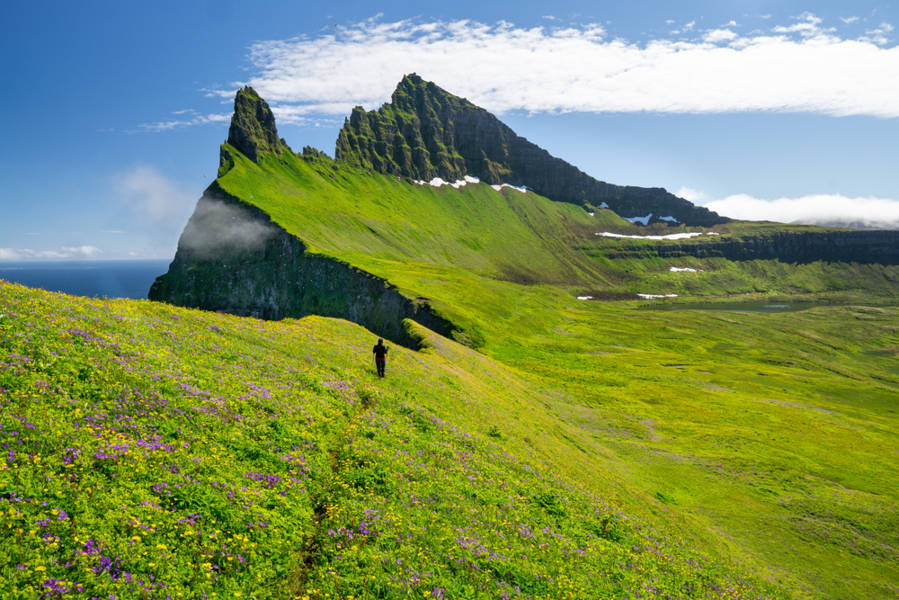
2. Hike to Fagradalsfjall volcano
You don’t need to drive all the way to the West Fjords to experience Iceland’s unique nature. One of the most talked about excursions in 2021 was the hike along the ridge to Fagradalsfjall volcano, which was actively erupting between March and September. This shield volcano, located close to the airport on the Reykjanes peninsula, redesigned the landscape in a dramatic fashion while the world watched, open-mouthed.
Though Fagradalsfjall’s magma has stopped flowing, at least for now, this valley is still a must-see. It’s a steep hike, sometimes on loose ground, along the ridge which leads up to the volcano. Steam still rises from the cracked and swirled cooled lava, in places reddened by iron deposits and stained yellow by sulfur. Go with a guide to learn more about the geological and tectonic processes which created this incredible landscape.
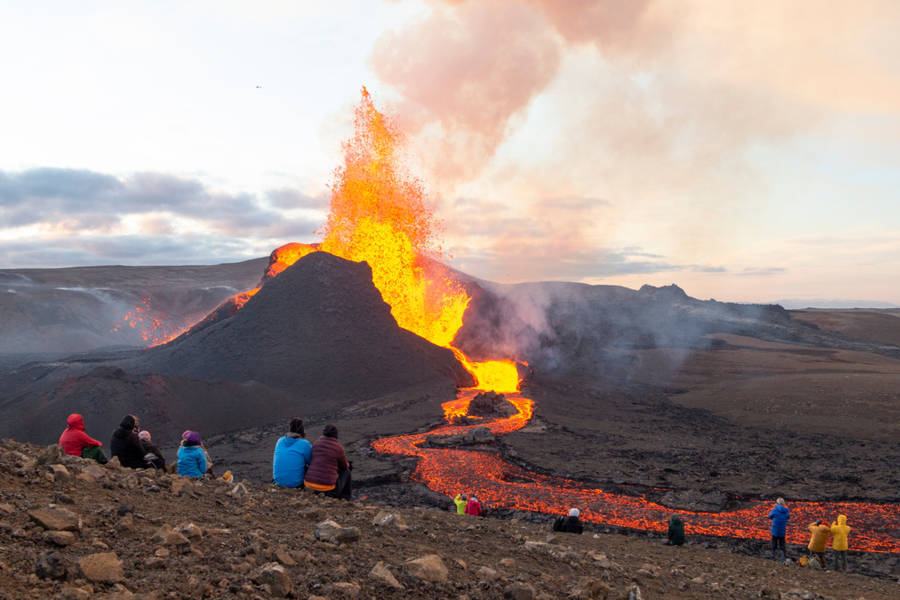
3. Venture into Iceland’s highland interior
A visit to Fjallabak nature reserve, located in the Iceland Highlands, never disappoints during the summer. Ice caps and emerald-green glacial lakes characterize the eastern area of this region; around Landmannalaugar, you’ll find numerous hot springs. This geothermally active zone is one of the most colorful landscapes in Iceland.
Landmannalaugar is also one end of the Laugavegur trail, a long-distance hiking trail that connects Fjallabak to another beautiful place, Thorsmörk nature reserve. If you have the stamina, it’s a wonderful trek that takes you through Thor’s Valley. Continue along the Fimmvörðuháls trail, passing countless waterfalls to reach Skógafoss.
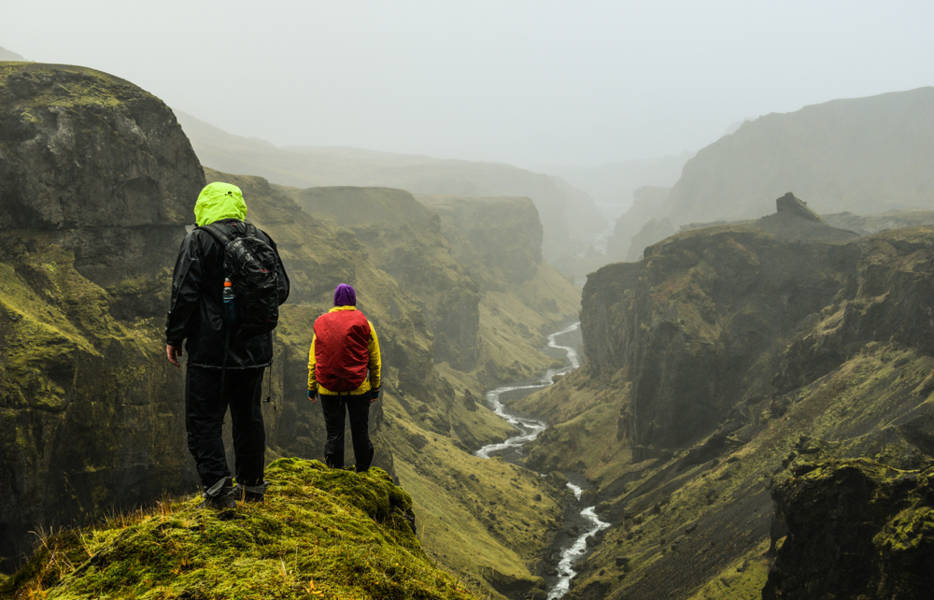
4. Tour an ice cave or a gaze out at an iceberg-strewn lagoon
Of Iceland’s three national parks, Vatnajökull is the largest. In winter, it’s possible to tour its breathtaking ice caves. The most famous of these is cut by a sub-glacial river close to Breiðamerkurjökull, one of Vatnajökull’s outlet glaciers. It’s called the Crystal Cave and its intense blue color and clear, bubbled ice make this a remarkable sight. You’ll need crampons, a hard hat and a knowledgeable guide to see it.
However, if you decide to see what happens to the ice of Breiðamerkurjökull when it reaches the sea, none of that equipment is necessary. The glacier calves into the striking Jökulsárlón glacial lagoon and those icebergs bob gently out to sea. From Jökulsárlón, they’re washed back onto the nearby Diamond Beach by the waves, where they dazzle in the sunshine until they eventually melt away.
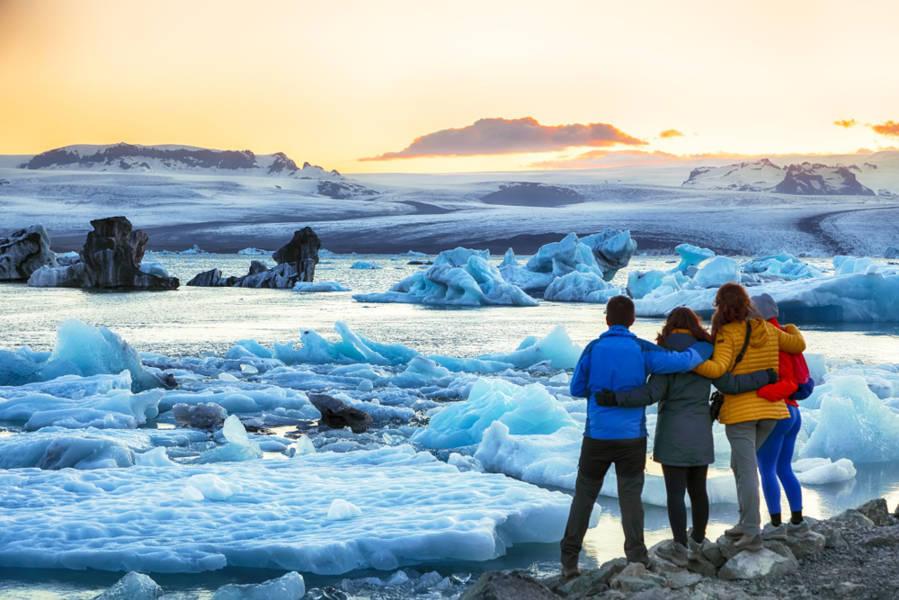
5. Go whale watching
Whale watching is one of the most consistently popular Iceland nature tours. More than 30 species of marine mammals have been spotted off the country’s coastline, including minke and humpback whales, harbor porpoises and white-beaked dolphins. Whale watching boat tours operate from many parts of Iceland, including Reykjavík’s harbor.
However, if you want to maximize your chances of spotting whales, drive north to Húsavík, the whale-watching capital of Iceland. Near this small town, which is also featured in Will Ferrell’s Eurovision movie, chances of a sighting are as high as 98%. So, make Húsavík another stop on your Ring Road trip; it’s an hour away from Iceland’s second-largest town, Akureyri.
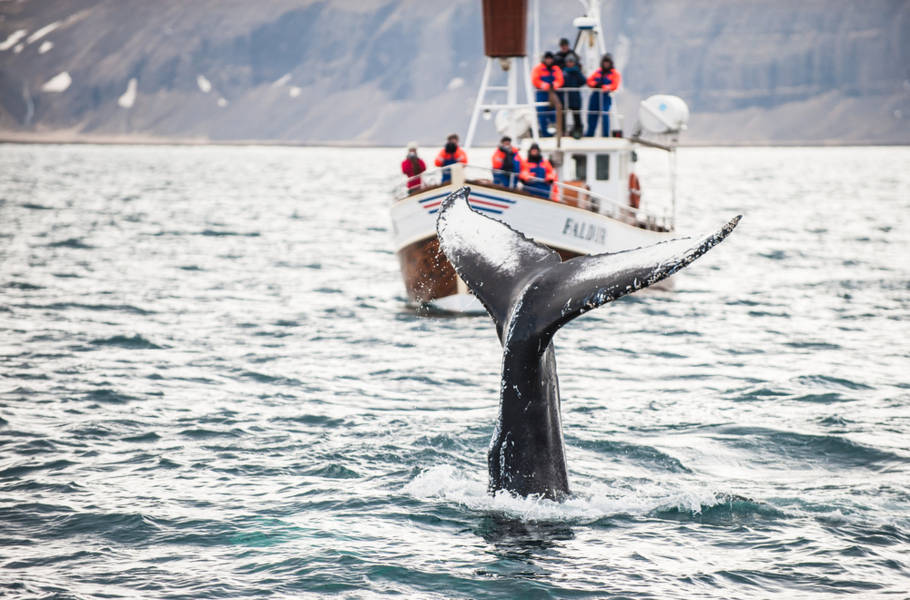
6. Experience the crystal clear water of the Silfra Fissure
As you drive along the Ring Road, be sure to swing onto Route 36. This will take you to Silfra, a tectonic plate fissure with some of the clearest water in the world. There, glacial meltwater trickles into gaps between the two tectonic plates. As it squeezes through the lava, it’s naturally filtered by the rock.
The visibility in the water at Silfra is as much as 100 meters (328 feet), and the temperature remains constant at a chilly 2 to 4 °C. If you plan to dive or snorkel at Silfra, don't worry, you won’t freeze. Tour operators provide you with a dry suit and take you on a guided snorkel tour or, if you’re a qualified diver, a scuba trip.
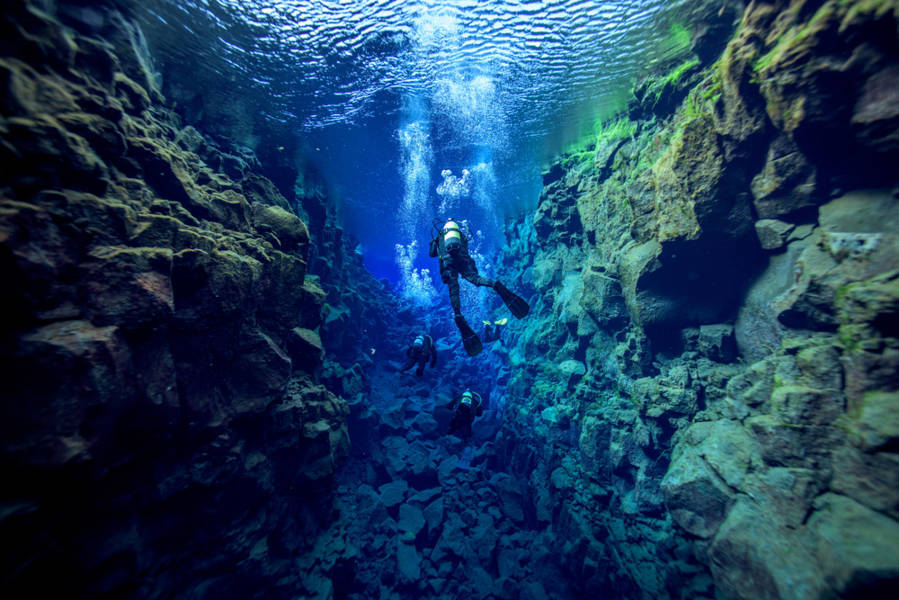
7. Experience the Northern Lights
Under an ink-black sky – this is one time you won’t be grateful for a full moon – the cold night temperatures will be forgotten as the Northern Lights perform their mesmerizing dance. The green and purple ribbons of the Aurora Borealis are fickle, one of Iceland’s most elusive natural sights, but if you get lucky, it’s a scene you’ll never forget.
All you need is to head somewhere away from the lights of Reykjavík and Iceland’s other cities, with space to park up and an uninterrupted view of the north.
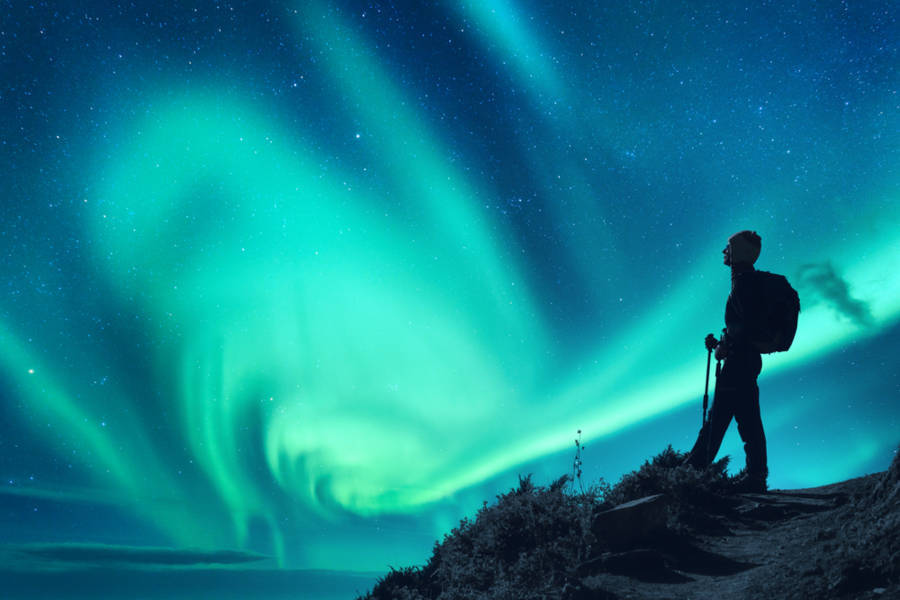
Nature tours in Iceland and sustainability
The Icelandic government is focused on sustainable tourism so that activities are properly managed and don’t have a negative impact on the environment. That’s great news for nature lovers keen to get out and enjoy the great outdoors.
This 2025 is the perfect time to come to Iceland and add a few nature tours to your itinerary. Ready to get started? Book your Reykjavik car rental now!


 By
By


